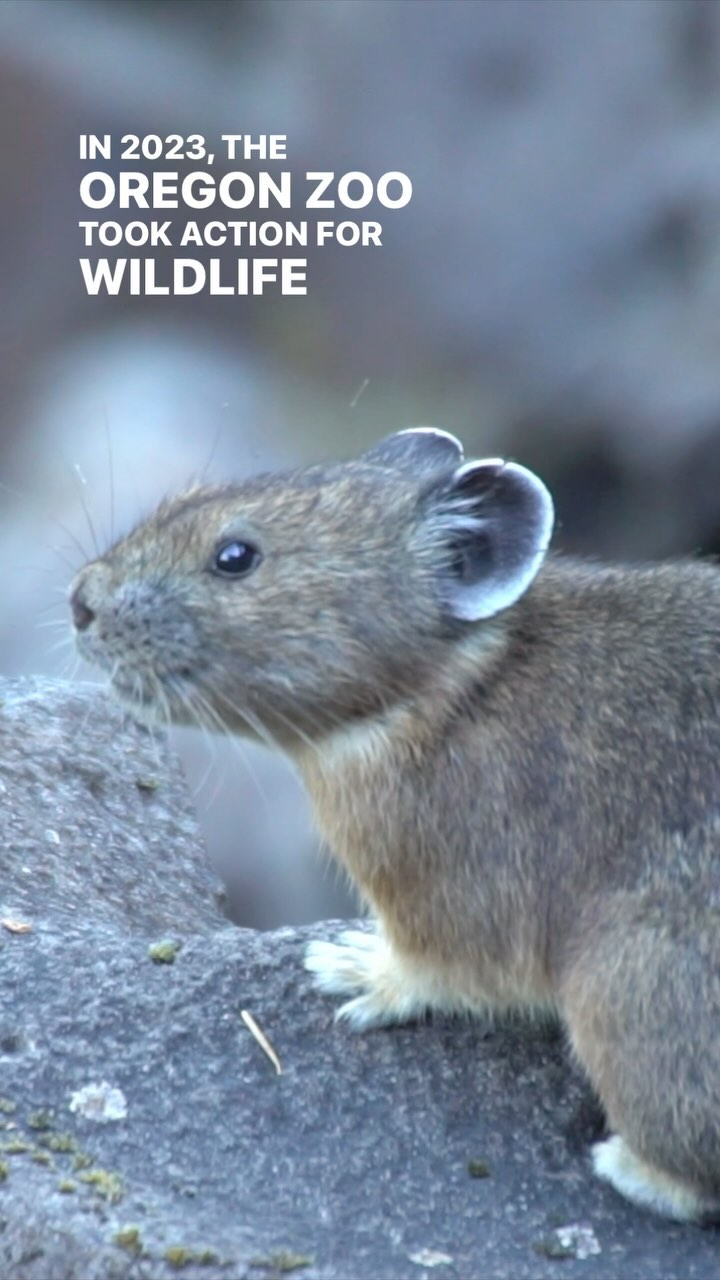– Celebrating the successful reintroduction of key species to their native habitats.
– The global triumph in expanding protected areas for wildlife conservation.
– Innovative conservation techniques that have revolutionized wildlife protection.
– Stories of human-wildlife conflict resolution leading to peaceful coexistence.
– There is soaring public awareness and involvement in wildlife preservation efforts.
As the sun sets on the horizon of 2023, we look back at an array of stories highlighting the natural world’s resilience and wonder. The past twelve months have witnessed remarkable milestones in wildlife conservation, painting a picture of hope for the future of our planet’s awe-inspiring inhabitants. Each stride, from the dappling streams to the infinite sky, speaks of a collective triumph in our enduring mission to protect the Earth’s biodiversity.
This article meanders through the winding paths of 2023’s wildlife successes, sharing tales of the admirable determination of conservationists and the laudable adaptability of nature itself.
**Reintroduction Success Stories**
One of the year’s most heartwarming chapters began with the sound of paws padding through forests where they had long been absent. The elusive lynx, whose stealthy presence is often as ephemeral as the morning mist, found its way back to the woodlands of Colorado. The concerted efforts of biologists, who meticulously planned the lynx’s reintroduction, paid off when cameras captured images of a mother lynx with her kittens—a testament to the species’ capacity to reclaim its lost legacy in the ecosystem.
Across the Atlantic, the Iberian lynx, a cousin of the American variety, also celebrated a rise in numbers, trotting away from the brink of extinction. The species, which once rocked on having less than a hundred individuals, now boasts a population of several hundred, thanks to breeding programs and rabbit population management — their primary prey.
**The Expansion of Protected Areas**
Our journey through 2023’s achievements takes us next to the verdant lungs of our planet—the Amazon Rainforest. This year, a significant portion of this irreplaceable ecosystem has seen an upgrade in its conservation status. While threats of deforestation loom, the expansion of protected areas in Brazil and Colombia has provided a haven for countless species, from the mighty jaguar to the infinitesimally small glass frog, whose diaphanous skin mirrors the delicate balance of the ecosystems it inhabits.
Alongside the Amazon, Marine Protected Areas (MPAs) blossomed like coral polyps across vast oceans. These underwater sanctuaries became critical refuges for marine life and crucial for the regeneration of overfished waters. Notable among them was the establishment of an MPA surrounding the Pitcairn Islands, where the sea’s bounty, from the migratory humpback whale to the vibrant parrotfish, now thrives under the protective watch of new regulations and monitoring systems.
**Revolution in Conservation Techniques**
Sticky notes and whiteboards in research labs charted courses for novel approaches to conservation this year. Drones, once synonymous with urban tech and aerial photography, became guardians of the wild, employed to monitor polar bear migrations in the Arctic with minimal disturbance. Using artificial intelligence and machine-learning algorithms to sift through mountains of data marked a leap forward in understanding animal behaviors, allowing us to predict and mitigate potential conflicts before they arise.
In the savannas of Africa, an innovative fencing technique that incorporated beehives broadened our horizons. The buzz of bees didn’t just result in the production of honey but also served as a natural deterrent to elephants, reducing human-wildlife conflict in agricultural regions. This harmonious solution spared elephants from potential harm and safeguarded local farmers’ livelihoods.
**Human-Wildlife Conflict Resolution**
The shared spaces of mankind and wildlife witnessed moments of accord this year. Elephants in Sri Lanka, whose ancestral migration paths have been intersected by human development, found safer passages through community-led initiatives that opened up ‘elephant corridors.’ Such success stories mirrored the profound impact of community involvement in wildlife conservation—remarkable results ensue when people become stewards of nature rather than mere onlookers.
Back in North America, innovative tools such as wildlife overpasses and underpasses continued to gain traction, providing a safe crossing for species from the industrious beaver to the stealthy mountain lion. These novel infrastructures have led to a decline in roadkill incidents and disruption of animal migration patterns, showcasing a pragmatic approach to coexistence where human progress does not necessarily come at nature’s expense.
**Surge in Public Awareness and Involvement**
Wildlife issues have carved out a steadfast place in the public consciousness in a digital age dominated by fleeting trends and constant information overload. Social media campaigns, such as those spotlighting the plights of orangutans in Borneo and Sumatra or the dwindling populations of honeybees, have driven unprecedented engagement and action.
Schools integrated more nature-based learning programs into their curriculum, while wildlife documentaries soared in viewership, bringing the beauty and intricacies of ecosystems into living rooms worldwide. Citizen science programs garnered mass participation, with individuals contributing data on local wildlife from backyards to city parks, empowering conservation efforts from the ground up.
Nature’s indefatigable resilience, underscored by these wins, instills a sense of enduring optimism. Each breakthrough, each positive metric, indicates that our course towards a more harmonious existence with wildlife is not a pipedream but a journey of true possibility. The successes that marked 2023 serve not merely as annual highlights but as enduring stepping stones to a future where wildlife does more than survive—it thrives. And as we continue to observe and celebrate these small yet significant victories, it becomes clear that the real win is not just for the wildlife—it’s a win for us all.
*****
Source Description
2023: The year in wildlife wins


